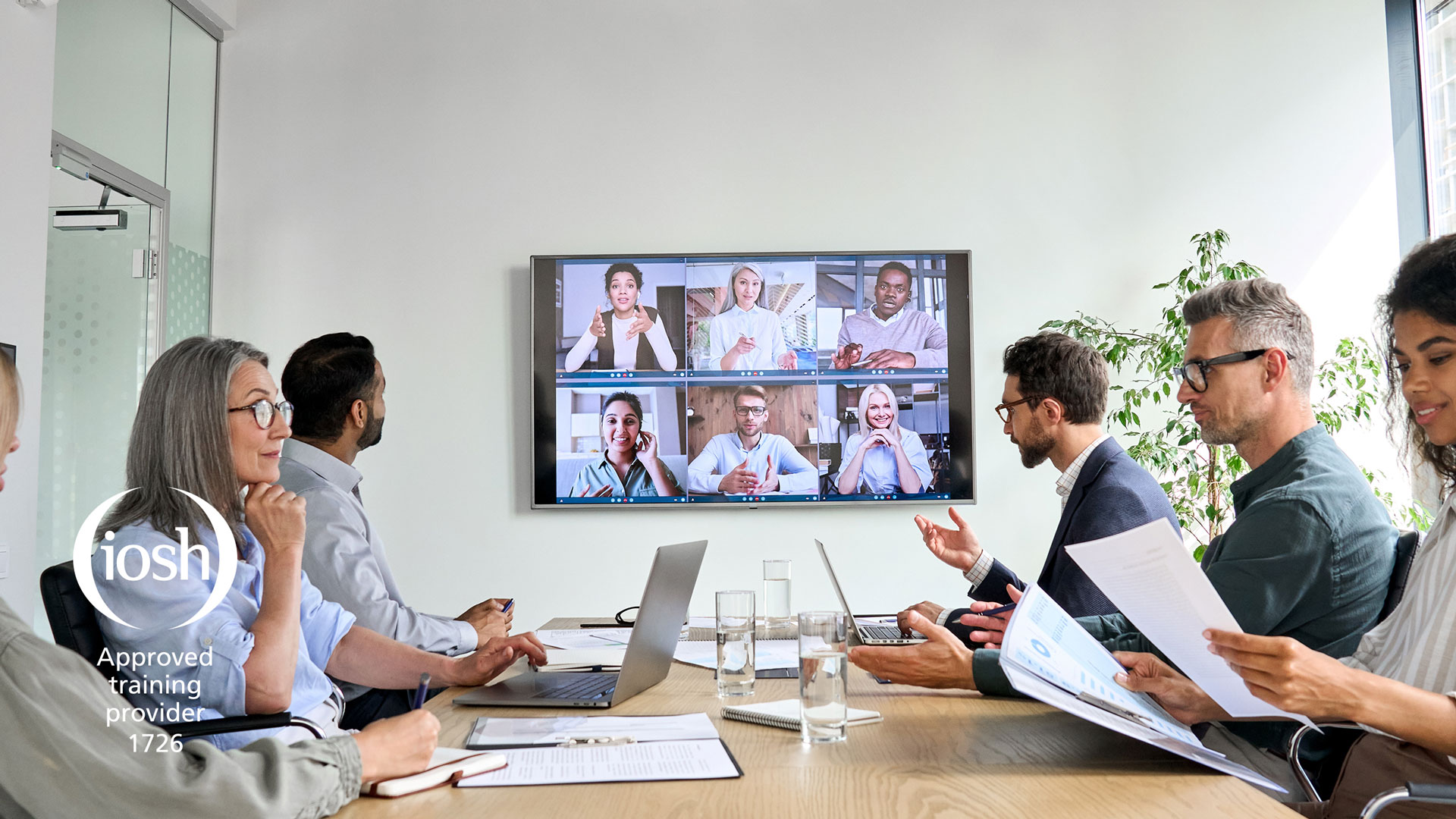PEOPLE AND CULTURE
BLOG
Enhancing wellbeing at work through effective internal communication

Published by Jo Sutherland,
9 Oct 2024
The success of organisations hinges not just on what they communicate, but on how effectively they collaborate across departments to create an engaging and supportive environment for their most valuable asset – their people.
Effective collaboration between HR and L&D professionals and the marketing communications team, for example, is essential for delivering an outstanding employee experience. This is especially true as organisations adapt to new ways of working and the new skills required in the face of technological advancement.
Ensuring clear and consistent messaging about health, wellbeing and professional development initiatives requires alignment between those who are experts in all things ‘people and culture’ and those who are specialists in communications.
When HR works in tandem with the comms department, they are more likely to create engaging strategies that resonate with employees, ultimately enhancing satisfaction and supporting the development of internal progression pathways.
The importance of internal communication
Research by Magenta Associates has revealed a pivotal shift in communications priorities since the pandemic. Businesses are now focusing more on communicating effectively with employees than ever before. While internal communication is not a new concept, it has become increasingly complex, particularly with the rise of hybrid work models.
In a survey of 2,000 employees, 53% did not describe their employer as a good communicator. Alarmingly, despite 83% of business leaders agreeing that employee communication is more important now than it was prior to March 2020, 35% admitted they lack the expertise and support needed in this area.
The biggest communication challenges organisations face include effectively conveying workplace changes, health and wellbeing initiatives and training programmes, and fostering collaboration among dispersed teams. Without effective internal communication, managers may struggle to lead, and employees may lose sight of their culture and shared purpose. In short, words matter. Precision matters. Engagement matters.
Crafting a comprehensive B2E communications strategy
Business-to-employee (B2E) communications – how a company interacts with its employees – should be a fundamental part of any organisational strategy. Unlike business-to-business (B2B) or business-to-consumer (B2C) strategies, very few companies have a well-defined B2E communications plan.
This lack of focus can lead to mixed messaging and confusion, especially when launching new initiatives or programmes that impact employees. The key is to ensure that messages are not only clear but also engaging, fostering a two-way communication process that encourages employee feedback and participation, and leads to better decision making when it comes to determining which health, safety and wellbeing training would be of most value.
Develop targeted B2E strategies
It is vital to communicate the benefits in a targeted way to maximise the visibility and appeal of health and wellbeing initiatives. Let’s take the IOSH Managing Occupational Health and Wellbeing eLearning course as an example. This is designed for managers and supervisors across all sectors. It equips them with the tools and techniques necessary to enhance health and wellbeing in their organisations. While participants won’t become health and wellbeing experts overnight, they will learn to care genuinely about their colleagues. Now, some managers will relish the opportunity to bolster their soft skills, while others may consider the course as a distraction from their day-to-day work or, worse still, a burden.
Employers therefore need to create a narrative that resonates with both sides, giving the doubters a reason to get excited. A study by Gallup found that teams led by managers who are engaged in their employees’ wellbeing are 22% more productive than those whose managers are disengaged.
Other research suggests that organisations that prioritise health and wellbeing are not only more likely to retain talent but also experience heightened productivity, innovation and competitiveness, while fewer hours are lost to ill health and reduced presenteeism. This may provide a more compelling case to a manager who is less interested in developing their soft skills, but more interested in results.
A culture of continuous learning
The golden rule of any effective communications strategy is to make it accessible and simple. Coordinating coherent messaging ensures clarity and enables employees to engage meaningfully with the content.
Leverage various communication channels to engage as many people as possible. Internal newsletters, intranets and social media platforms can serve as valuable tools for promoting health and wellbeing programmes and recruiting health and wellness champions.
Implementing feedback loops is also a crucial component of effective communications when it comes to refining health and wellbeing programmes based on employee responses and success stories. By regularly soliciting feedback, organisations can adapt their initiatives to better meet the needs of their employees, thereby enhancing overall satisfaction and engagement.
A better employee experience
Enhancing wellbeing at work through effective internal communication requires a concerted effort to align HR objectives with marketing strategies. By leveraging various communication channels, implementing feedback loops, and fostering a culture of open dialogue, organisations can create a more supportive environment that champions health, safety and wellbeing for everyone.
Jo Sutherland is the managing director of Magenta Associates, and a Good Business campaigner.
You might also be interested in
RELATED CONTENT
RELATED COURSES

IOSH Managing Occupational Health and Wellbeing is designed to help managers improve health and wellbeing in their organisation.

The world’s best-known health and safety certificate, designed for managers and supervisors in any sector or organisation.

IOSH Managing Safely Refresher is designed to provide continued support to managers dealing with workplace health and safety issues.

IOSH Safety for Executives and Directors is designed for those who have operational or strategic accountability for a company.

It’s an employer’s duty to protect the health, safety and welfare of their employees. How far does this obligation go when employees work from home?

Fifty-five per cent of professionals think employers should be doing more to help with employee wellbeing – whilst over two-fifths of senior leaders f...

Workforce productivity measures effectively implemented by organisations to minimise the immediate disruption of COVID-19 are not being matched with a...

Over half of professionals (55%) think employers should be doing more to help with employee wellbeing, according to a new poll from international recr...